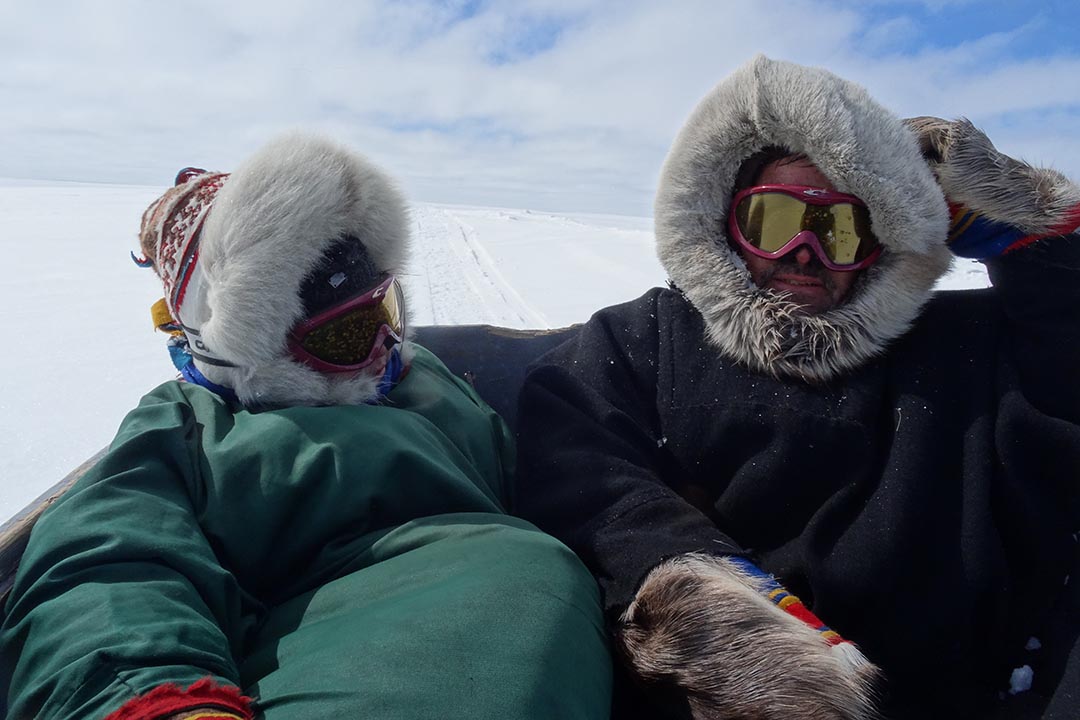
USask archeological research digs into evolution of dog diets in new study
SASKATOON – Most people know their dogs as the furry friend who greets them at the door after a long day’s work, but dogs have an interesting and complex history all their own. A new study published in the journal Science Advances examines the ancient lives of dogs and the ecological impacts of their diets.
University of Saskatchewan (USask) archeologist and assistant professor Dr. Tatiana Nomokonova (PhD) and University of Alberta archeologist and USask adjunct professor Dr. Robert Losey (PhD) teamed up with multiple researchers around the globe to explore the evolution of the diets and abilities of Siberian dogs.
“Dogs evolved from wolves somewhere in Europe and Asia during the ice age,” said Losey. “Our research shows that dogs quickly evolved to have smaller bodies than wolves, and this likely changed their abilities and diets. The dogs, even those living thousands of years ago, had reduced abilities to hunt large prey, and probably relied more on handouts from people and scavenging.”
Producing enough food for the global population of 700 million dogs requires a substantial amount of land – an area roughly twice the size of the United Kingdom. But surprisingly, most dogs actually live as free-range animals, relying on scavenging and hunting small animals to feed themselves.
In the past, it was assumed dogs evolved to eat the grain-rich diets they often do today due to a genetic adaptation that developed after humans took up agriculture. After studying the bones of several hundred ancient dogs, the research team determined that while this specific genetic adaptation appears in dogs from approximately 7,000 years ago, there are clues to indicate dog diets were much more diverse than those of their wolf ancestors and extended far beyond consuming starch and grains.
In human-populated areas, provisions that were easily located by Siberian dogs often included freshwater fish and marine foods, as well as scraps of human waste. Consuming these types of foods likely exposed dogs to new health challenges, such as changes in their gut microbiomes and exposure to new parasites and bacteria, that resulted from co-habiting areas with humans.
Losey and Nomokonova said this finding opens the door to explore dog diet changes in different locations and time periods, including in foraging communities across the North.
“We are in the process of expanding our research to examine the life histories and evolution of dogs in North America, particularly on the Prairies and in the Arctic,” said Nomokonova of the next steps in the project. “In both regions we will be exploring how Indigenous people in these regions, including in Saskatchewan, cared for their dogs in the past, and how and when dogs were involved in tasks such as pulling sleds.”
Further analysis in these areas will allow researchers to continue exploring how co-habiting with humans can influence the development of a species.
-30-
For media inquiries, contact:
Victoria Dinh
USask Media Relations
306-966-5487
victoria.dinh@usask.ca

